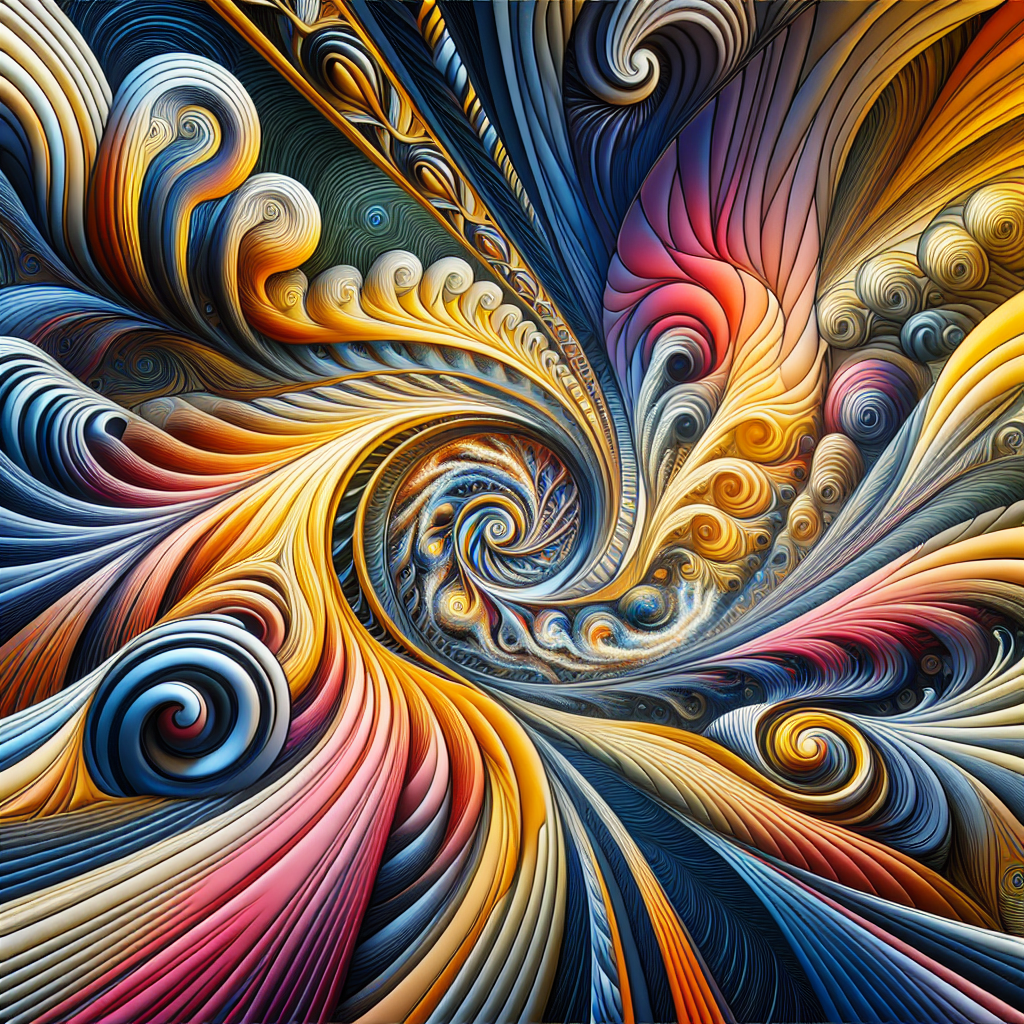Mind-Bending Optical Illusions: Why They Make Us Question Reality

Optical illusions have captivated our senses for centuries, bending our perceptions and challenging the way we interpret the world around us. From simple patterns to intricate designs, these illusions not only entertain us but also provide a fascinating glimpse into how our brains process visual information. In this article, we'll explore the science behind these remarkable phenomena and uncover the reasons why they have such a profound impact on our perception of reality.
The Basics of Optical Illusions
At their core, optical illusions exploit the nuances of human perception, revealing the tricks our brains play on us. These illusions often arise from the way our eyes and brain work together to construct what we think we see. When visuals are crafted in specific ways—by manipulating light, color, and perspective—our brains can be misled into interpreting images incorrectly. This bewildering experience can provoke both amusement and introspection.
Types of Optical Illusions
Optical illusions can be categorized into several types, each showcasing different aspects of visual perception:
- Physiological Illusions: Caused by excessive stimulation of the eyes, such as contrasting colors or brightness, leading to afterimages or aftereffects.
- Cognitive Illusions: These arise from the brain’s interpretation of visual stimuli, often leading to misperceptions based on prior knowledge or expectations.
- Literal Illusions: Where the image seen is different from the object depicted, such as in an illusion that creates an object that does not actually exist.
Why Do We Experience Optical Illusions?
The reason we experience optical illusions lies in how our brains process information. Our brains are wired to recognize patterns and make quick judgments based on visual cues. However, when those cues are manipulated, our innate responses can lead us to see things that aren't really there or interpret images in unexpected ways. This reflective nature of our perception challenges us to remain critical and aware of how much our eyes can deceive us.
The Fascinating Applications of Optical Illusions
Beyond entertainment, optical illusions have practical applications in various fields. For instance, psychologists study these phenomena to understand perception and cognition better. Artists and designers use illusions to create captivating works that engage viewers on multiple levels. In advertising, illusions can grab attention and influence consumer behavior by making images appear more dynamic or appealing.
Takeaway: Questioning Reality
In a world increasingly dominated by digital images and manipulated visuals, understanding optical illusions can help us become more discerning viewers. They remind us that our perception of reality is often subjective and easily influenced. Next time you encounter an optical illusion, take a moment to appreciate the complexity behind it and reflect on how our brains interpret the ever-changing visual landscape. After all, reality might not be as straightforward as it seems!